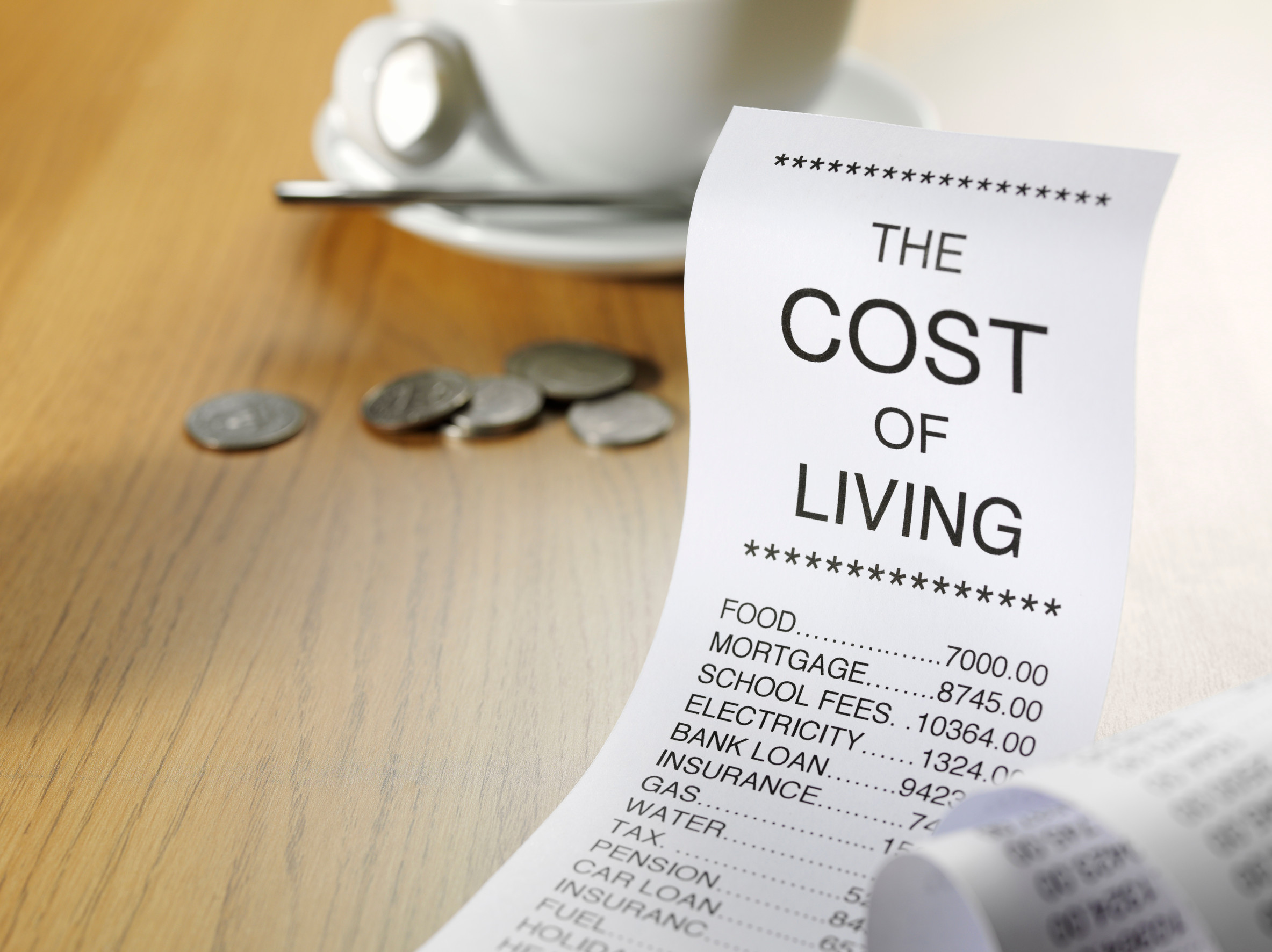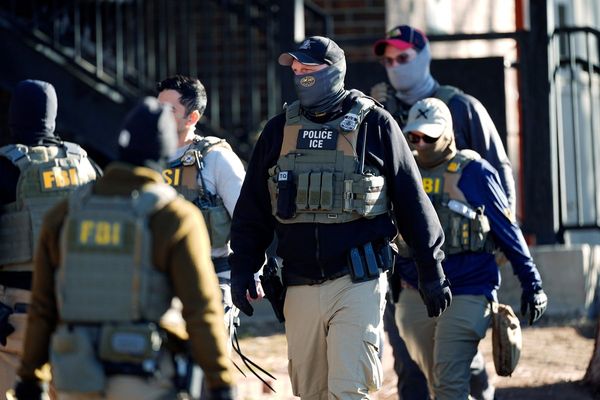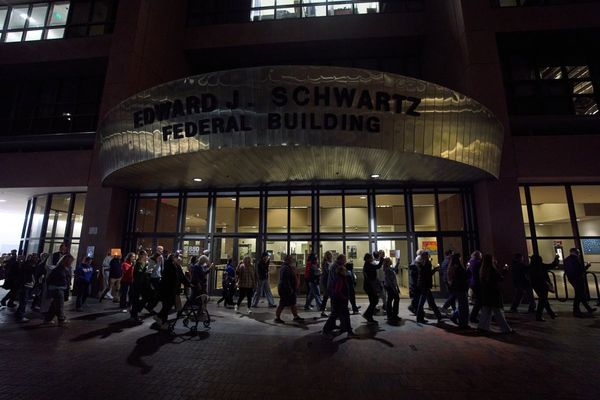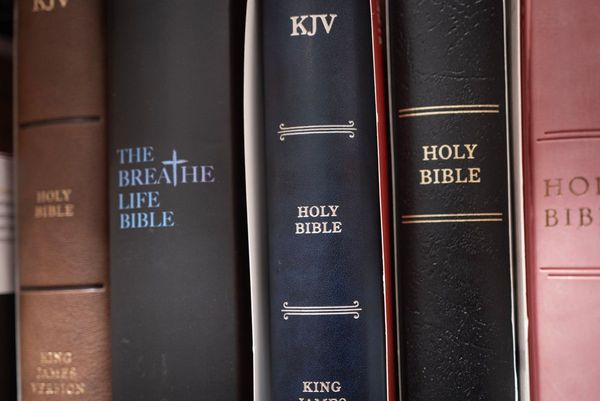
It might seem logical that living in a wealthier neighborhood means higher prices, but reality often tells a different story. Surprisingly, many essentials and everyday expenses are more expensive in struggling communities than in affluent ones. Limited access, higher risks, and reduced competition drive costs up for families who can least afford them. Understanding the things that cost more in poorer areas than rich ones highlights the unfair financial burdens placed on lower-income households. By recognizing these hidden inequalities, families can look for ways to avoid or minimize unnecessary expenses.
1. Groceries and Everyday Essentials
One of the most obvious things that cost more in poorer areas than rich ones is food. Affluent neighborhoods typically have multiple grocery store chains, offering competitive prices and frequent sales. Poorer communities often rely on small corner stores or convenience shops, where options are limited and prices are inflated. A gallon of milk or a box of cereal can cost significantly more simply because there are fewer retailers to compete for customers. Over time, this lack of affordable food access, often called a “food desert,” drains family budgets.
2. Financial Services and Banking Fees
Another surprising example of things that cost more in poorer areas than rich ones is banking. Wealthier neighborhoods often have easy access to banks with low-fee accounts and financial products. In contrast, poorer communities are more likely to rely on check-cashing services, payday lenders, or prepaid debit cards. These alternatives come with high fees, interest rates, and penalties that chip away at already limited income. The lack of affordable banking options creates a cycle where the poorest households end up paying the most just to manage their money.
3. Auto Insurance Premiums
Car ownership is often essential, yet auto insurance is one of the things that cost more in poorer areas than rich ones. Insurers use location-based risk assessments, charging higher rates in neighborhoods with higher crime or accident statistics. Families in lower-income communities end up paying hundreds more per year for the same coverage that wealthier drivers enjoy at a lower cost. This penalty makes reliable transportation even more expensive for those who need it most. With fewer public transit options, the added insurance burden can feel inescapable.
4. Housing and Rent Costs
It may sound counterintuitive, but rent is another of the things that cost more in poorer areas than rich ones relative to quality. Tenants in lower-income neighborhoods often pay high rents for apartments that are smaller, older, and in worse condition than homes in wealthier areas. Because many poorer renters cannot qualify for mortgages, they’re excluded from homeownership’s long-term financial benefits. Limited housing supply and high demand in urban centers also push up costs disproportionately. This leaves families paying more for less and struggling to build equity.
5. Access to Credit and Borrowing Costs
Credit is yet another area where inequality shows. Access to affordable loans is harder in lower-income areas, making credit one of the things that cost more in poorer areas than rich ones. Families with limited credit histories often face higher interest rates, stricter terms, or outright denial from mainstream lenders. As a result, they turn to high-interest credit cards or payday loans, which trap them in cycles of debt. Meanwhile, wealthier borrowers with strong credit histories enjoy lower borrowing costs and better financial opportunities.
Breaking the Cycle of Unequal Costs
The reality is clear: there are many things that cost more in poorer areas than rich ones, and this inequality keeps families trapped financially. From groceries to credit, the systems that should support families often punish them instead. Breaking the cycle requires a combination of policy changes, community development, and personal financial strategies. Families can fight back by seeking out credit unions, budgeting for bulk purchases, or advocating for fair housing and services. Recognizing these unfair costs is the first step toward creating real financial equity.
Have you noticed things that cost more in poorer areas than rich ones where you live? What examples stand out most? Share your thoughts in the comments below!
What to Read Next…
Could Wealthy People Be Poorer Than They Appear on Paper
7 Uncomfortable Topics Advisors Should Bring Up—and Few Do
8 Signs Your Portfolio Strategy May Be Outdated in This Economy
Can You Really Build a Future With Someone Who’s Terrible With Money?
10 Shocking Fees That Advisors Say Clients Never Notice
The post 5 Things That Cost More in Poorer Areas Than Rich Ones appeared first on The Free Financial Advisor.







